

![]()
| A couple of weeks ago David went to Wiltshire to photograph the great bustards that have been released there. The conditions for photography are not ideal with the bustards remaining quite a distance away but here are a couple of images showing a male bird looking very proud and displaying amongst the cow parsley. Amazing birds and great that they can be seen in England again. | |||
.jpg) |
.jpg) |
||
| In the May issue of BBC Wildlife Magazine David has four images, two of which are below. These show an arctic tern food pass (a pair-bonding exercise, from male to female) and a little egret stalking. If you want to see his other two photos you'll have to buy the magazine! | |||
 |
.jpg) |
||
|
David has just come back from a few days away. One of the aims of
his trip was to photograph great crested grebes at a lovely Caravan and
Motorhome Club site called Dorset Springs, in Dorset (would you believe
it!). He got a variety of behavioural photos some of which you can see below. These show: a grebe turning a fish in its beak to get it the right way round to swallow it; a portrait in evening light; a pair displaying and one scratching its head, interesting because it shows the grebe's unusual lobed foot. |
|||
.jpg) |
.jpg) |
||
a.jpg) |
.jpg) |
||
| BBC Wildlife magazine, April edition, features one of David's photos of a red mason bee carrying a dollop of mud back to seal its nest in a bamboo cane. Getting it in flight was tricky but knowing which cane it was heading for certainly helped! |
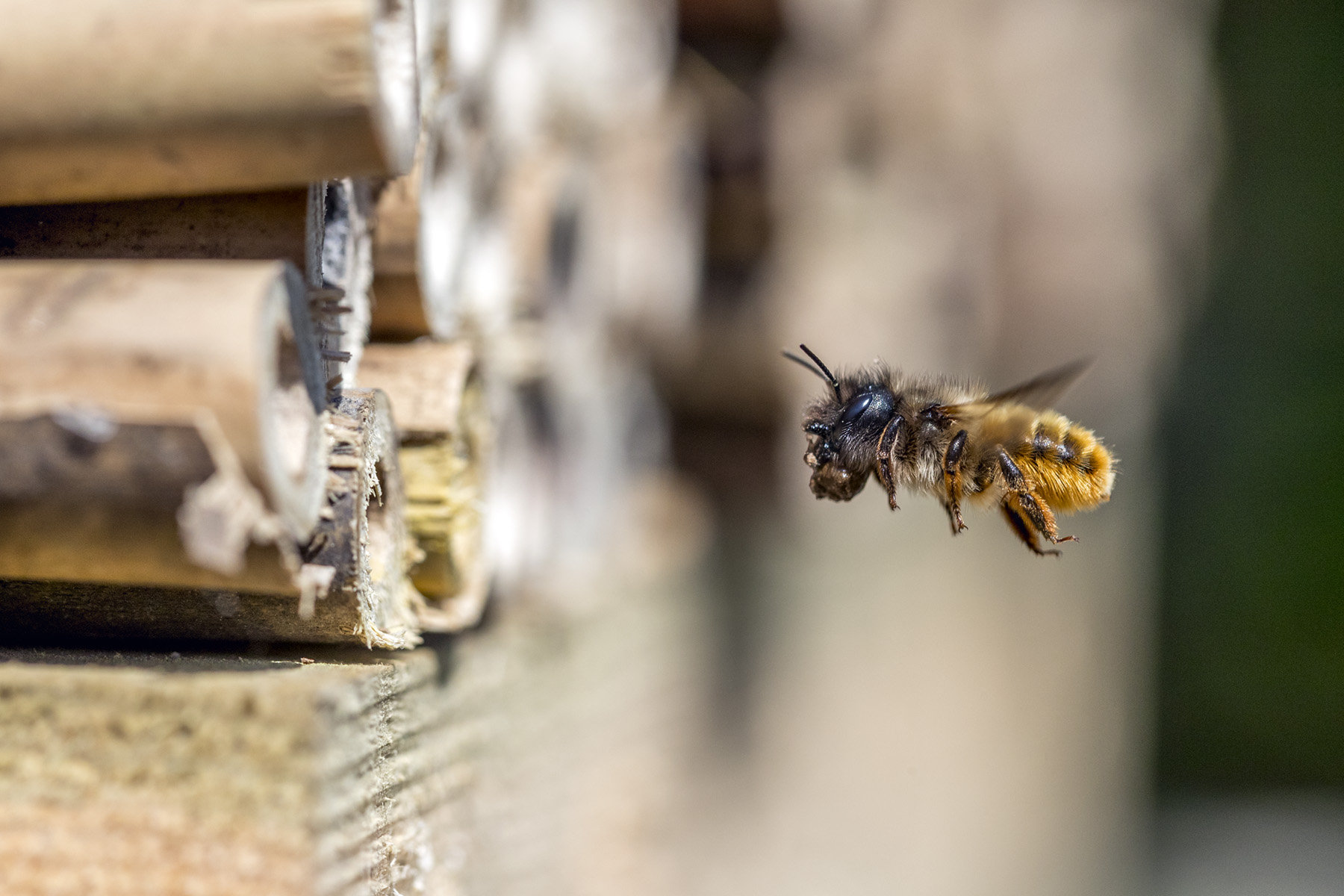 |
||
| David has been entertained by a displaying male pheasant. He has been in a few fights by the look of the plumage on the right side of his neck but he regularly preens to make himself look as beautiful as possible and luckily has one good side for photographic purposes! | |||
.jpg) |
ha.jpg) |
||
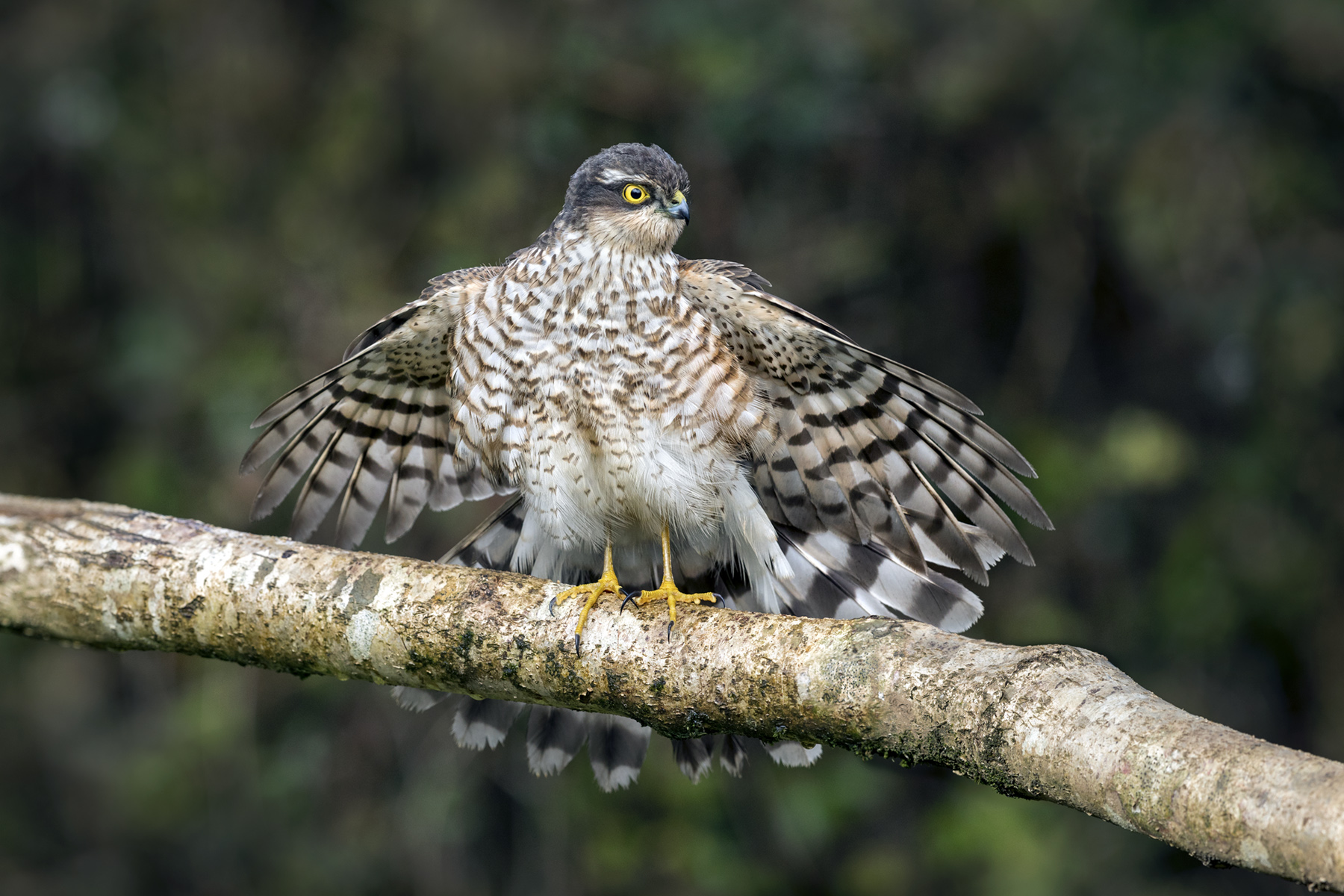 |
Here is David's latest photo of the young male sparrowhawk. For some reason he decided to rest on a branch and flutter his wings. It looked almost like 'mantling' but without prey. Maybe it was trying to look threatening, letting all the small birds know that he was around and they should watch out! | ||
| David's mum wants to see one of his photos of a wren, so here it is (below). This is a work in progress, all David needs is a few sunny afternoons and he should improve on this. The grey wagtail (below right) is also a work in progress. This bird is moulting so spends a lot of time preening. David hopes it will stay around his pond until it has fully moulted into breeding plumage, only time will tell. Meanwhile the immature male sparrowhawk (right) continues to put in an occasional visit to brighten a dull day. What a stunning bird! |
.jpg) |
||
.jpg) |
.jpg) |
||
|
In the spring edition of BBC Wildlife Magazine David has three photos,
each spreading across two pages (just!). It's not a surprise that these images have a strong spring feel (unlike the weather!) They show an orange-tip butterfly on cuckoo flower (aka lady's smock); a bullfinch (male) feeding on blackthorn blossom and a cluster of cowslips. Pick up your copy of this magazine from local newsagents now. What are you waiting for? |
.jpg) |
||
.jpg) |
.jpg) |
||
| The April issue of MMM (a motorhome magazine that David writes for) has one of David's photos on the cover. This photograph which features bluebells was taken at Upper Soudley in the Forest of Dean. Inside the magazine (which is available now) is a feature about the wildlife of Cannock Chase which David and Sarah visited last year (scroll down to the bottom of this page and you will see some of the photos David took there, or buy a copy of the magazine!). |
.jpg) |
||
| This is the perfect time of year for watching garden birds. Most are in pristine condition as they head into the breeding season. The blue tits are particularly beautiful, with rich colouration. The two shots below show a joyous blue tit on Cornellian cherry blossom and another on an alder branch. Photographically the lighting is interesting. The first photo was taken on an overcast day. The second was taken late in the afternoon on a sunny day when the background was lit by the sun but the bird was in the shade of my hide, this makes the background colour look much richer and warmer in tone. | |||
.jpg) |
.jpg) |
||
| David's quest for the perfect long-tailed tit photo continues, meanwhile the juvenile sparrowhawk continues to make occasional appearances. This is obviously a young male and let's hope he keeps visiting until he develops his adult plumage when he will look sensational. This afternoon he perched on a branch provided by David in a 'perfect' place for photography and proceeded to preen while watching the long-tailed tits! | |||
.jpg) |
.jpg) |
||
| The sparrowhawk has visited twice in the last three visits David has made to his hide. On the third visit it came when David was arriving which probably disturbed it. Such is life. There are always other forms of entertainment, top of the show are the long-tailed tits. They are adorable. | |||
.jpg) |
.jpg) |
||
.jpg) |
David has been spending time in one of his hides trying to get photos of a sparrowhawk. This is the latest image of a juvenile taken yesterday. | ||
| In the March issue of BBC Wildlife Magazine David has a photo of goat willow blossom. Here is the DPS on which it can be seen. It's a great magazine and well worth a subscribtion, for yourself or a friend. |
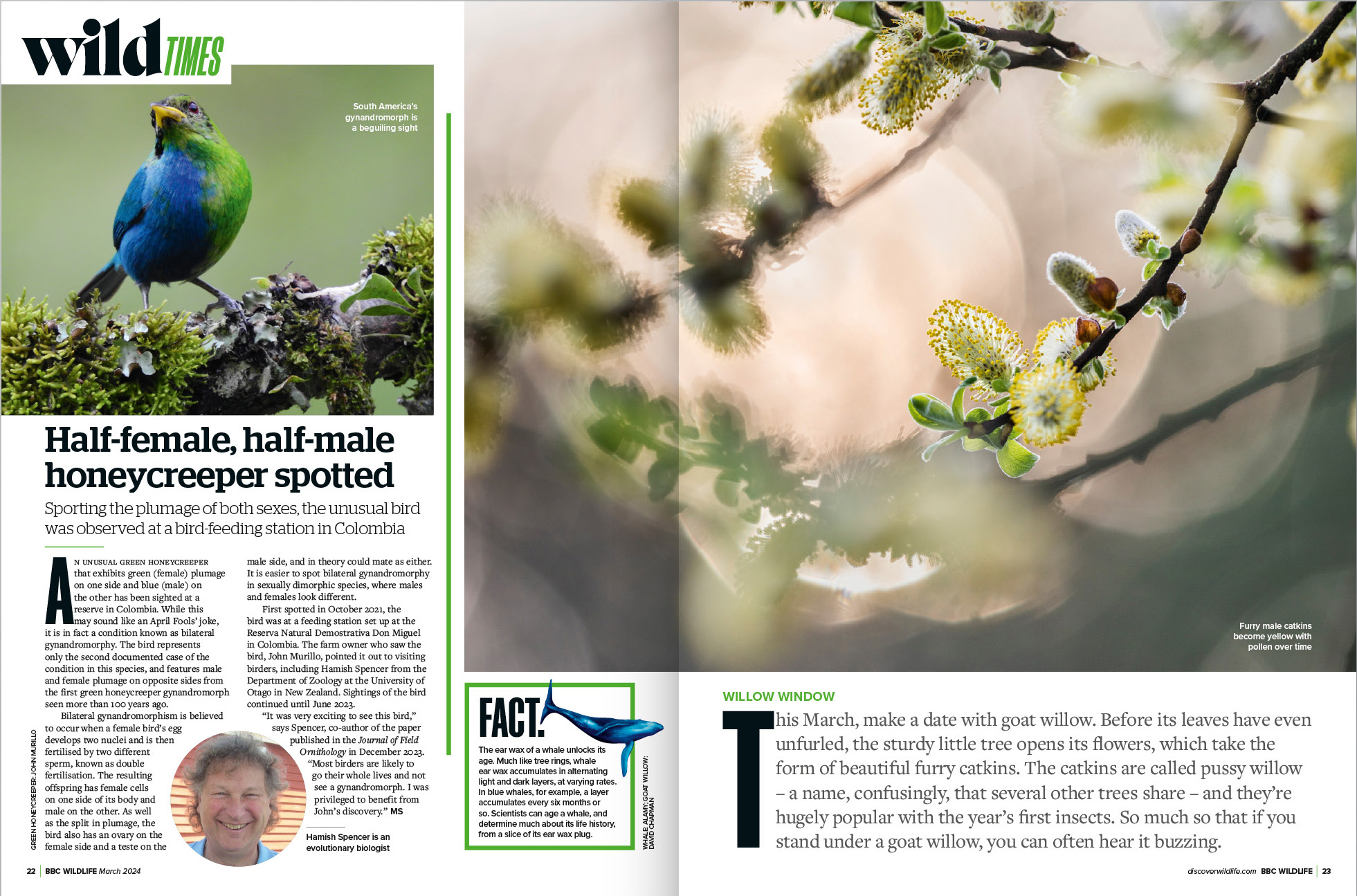 |
||
| David has gone for a splash of colour with this posting. Both taken on his own land these photos show a group of three scarlet elf cup fungi and a male bullfinch amongst the daffodils. Spring is on its way! | |||
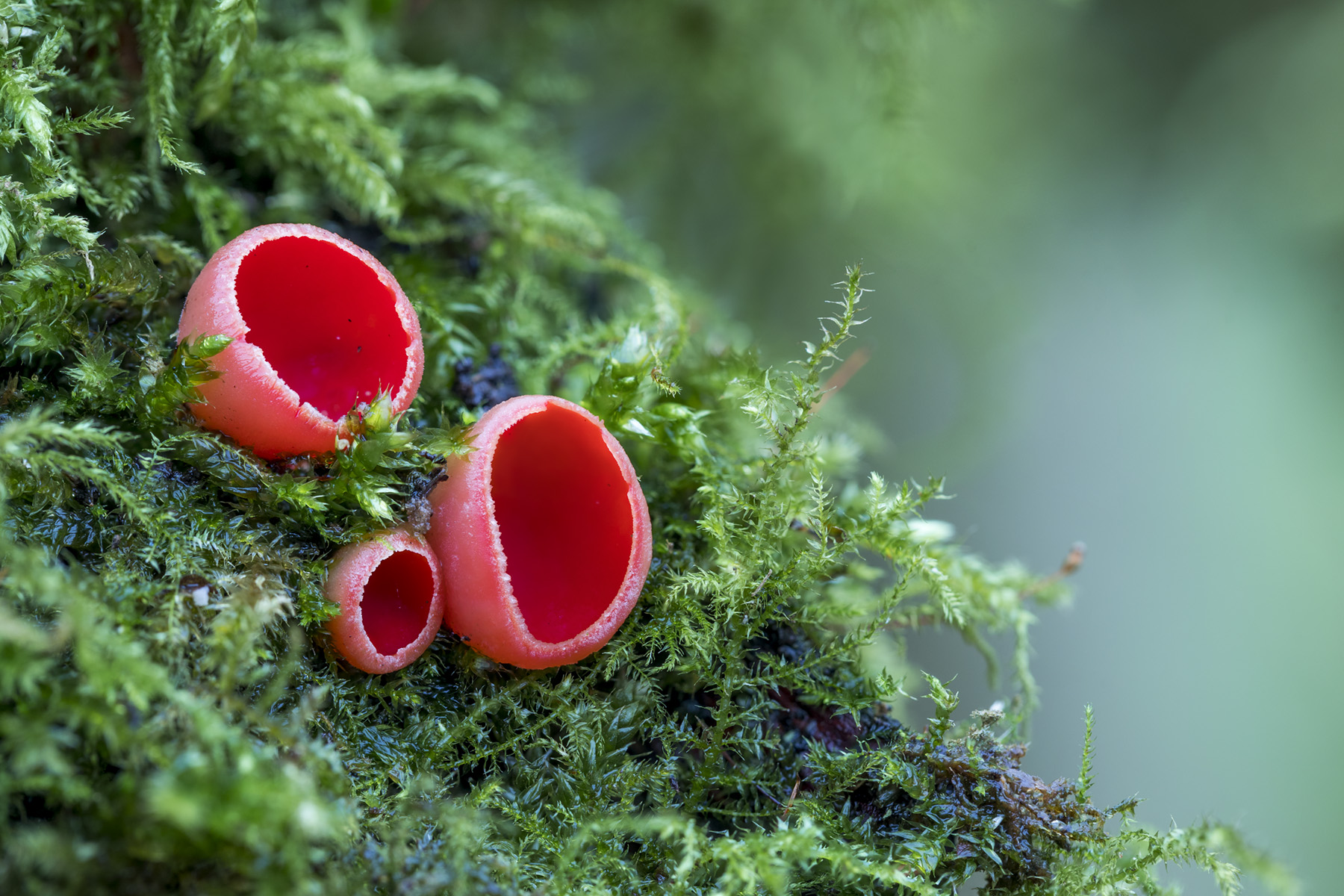 |
.jpg) |
||
| Here are a couple of action photos taken by David this morning. A fight between two drake mallards and a tufted duck coming in to land on a lake. | |||
.jpg) |
.jpg) |
||
| The first bright day for a few weeks gave David the opportunity to photograph some birds on his land. He has set up a feeding area for bullfinches and captured this male resting on an old galvanised bucket on his way down to the bird table. At his pond David photographed this winter-plumaged grey wagtail which had found a morsel of food. | |||
.jpg) |
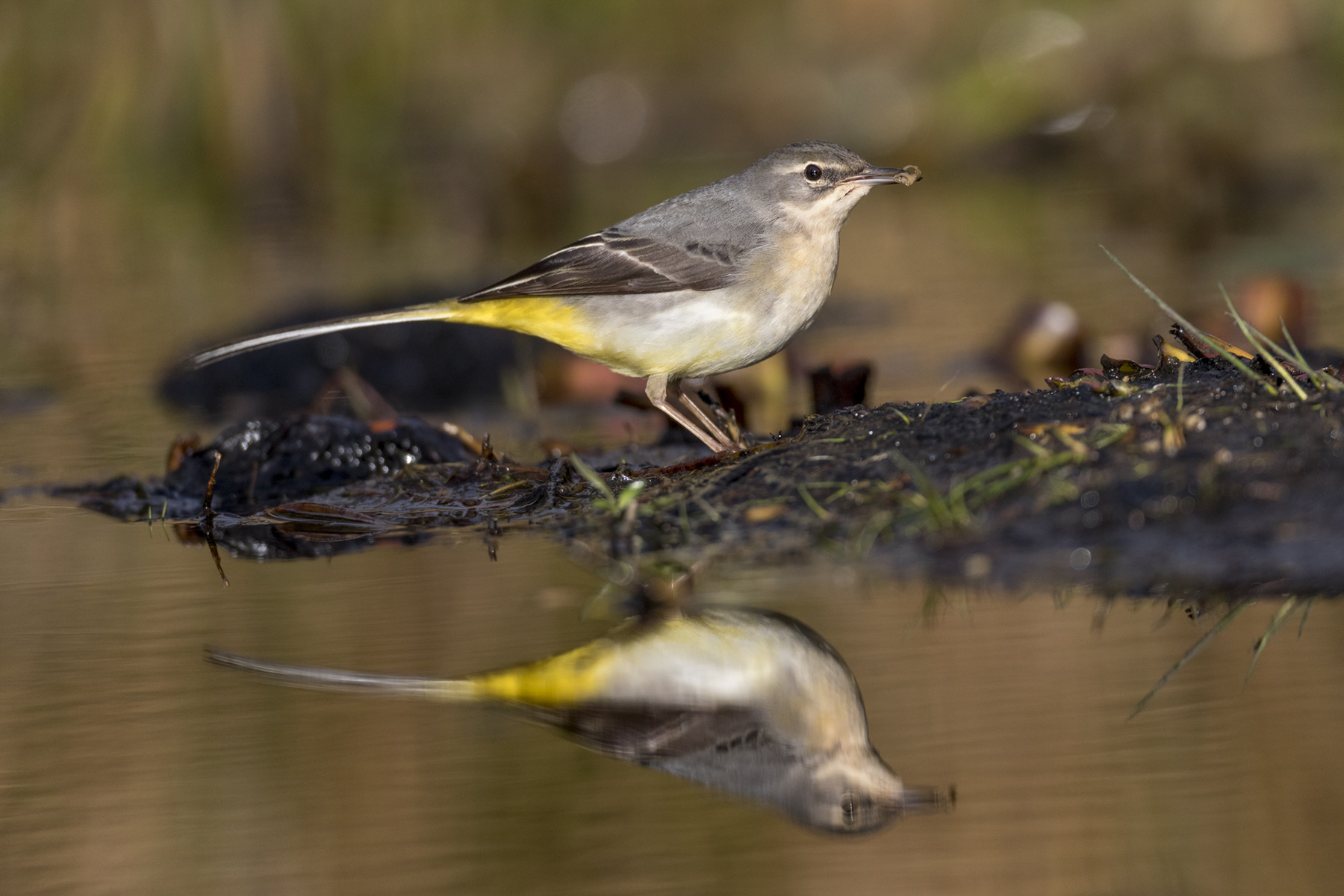 |
||
| While out on a regular walk from their house David and Sarah came across an astonishing fungus called a 'red cage' fungus. Take a look at the photo and you will see how it got its name! This is a fungus a little like a stinkhorn in that it smells the same and it grows from a jelly-like egg at the base. |
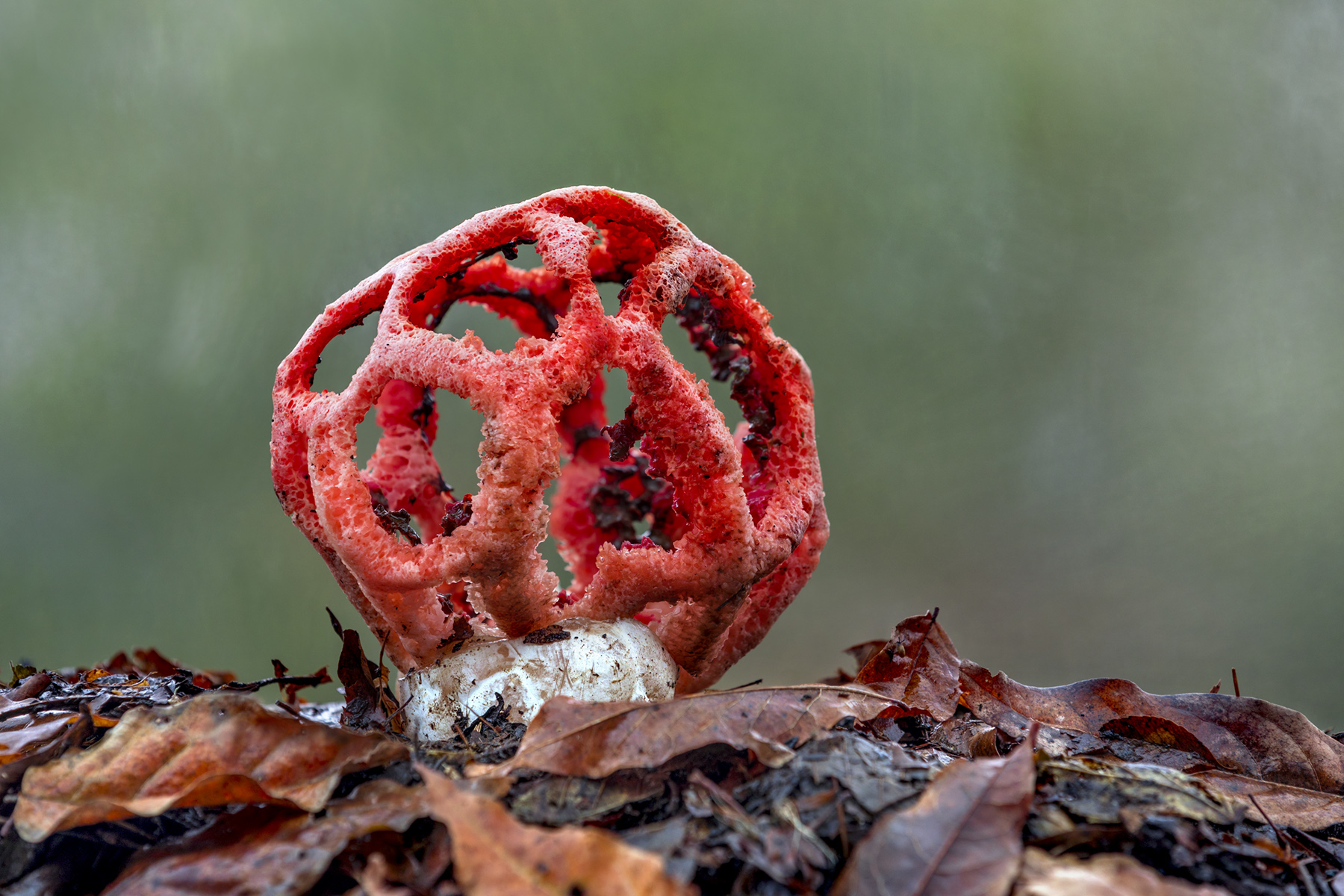 |
||
| What can a wildlife photographer do on a very dull day? David decided to experiment with slow shutter speeds using the wildfowl at Helston Boating Lake as subject matter. Using a 6-stop ND filter David photographed the birds with a 70mm lens using a shutter speed of 5 seconds! Unsurprisingly the faster birds register as a streak but the slower moving geese are more visible and the coots move their heads like a chicken registering on the photo as a series of heads with blurred bodies. These two photos are processed slightly differently, the first is cooler and with slightly more colour saturation, David would be interested to know which you prefer. | |||
.jpg) |
.jpg) |
||
| In amongst all this wet weather there was one very cold clear morning when some ice formed on the boating lake in Helston, so David went to photograph the gulls. These are mostly black-headed gulls in winter plumage but the last one is a juvenile herring gull which was flying off with part of a baguette! | |||
.jpg) |
a.jpg) |
||
.jpg) |
.jpg) |
||
v.jpg) |
Another cover photo for David! This time a robin on the cover of Devon Life for the December issue. Pick up your copy now! | ||
| On the cover of the November issue of Bird Watching magazine there is a rather nice photo of an avocet. This was taken by David, though it doesn't seem to be credited in the magazine so you will have to take our word for it! |
.jpg) |
||
|
After visitng Escot David and Sarah had a week in the Forest of Dean
where they walked and explored the area as well as enjoying some time
with the steam trains of the Dean Forest Railway. The weather
wasn't always very good but that's life! The photos show: one steam train approaching Parkend Station; one at Lydney Junction; a fly agaric mushroom; the Wye Valley and Lower Redbrook from Highbury Terrace. |
|||
.jpg) |
.jpg) |
||
.jpg) |
.jpg) |
||
| David has recently visited Escot Estate in Devon to write an article for Devon Life magazine. Here are four of the photos he took. These show: Escot House reflected in the fishing lake; a captive asian short-clawed otter playing with a lesser stag beetle (it's the stag beetle that is probably more interesting!); a red squirrel which was photographed in the walk-through enclosure; a captive wildcat (what lovely green eyes it has!). | |||
.jpg) |
.jpg) |
||
.jpg) |
.jpg) |
||
| David had a trip to North Cornwall to give an illustrated talk to a group in Tintagel. By going earlier in the day he had chance to visit Davidstow airfield where he photographed two rare wading birds from America. These are buff-breasted sandpiper and pectoral sandpiper. | |||
.jpg) |
.jpg) |
||
| David spent a day with Cornwall Wildlife Trust Photo Group at Bissoe this week. He arrived early and found a male keeled skimmer in the dew which is shown in the photo below. The group spent a while photographing the ivy mining bees which were very active with lots of males looking for females to mate with. | |||
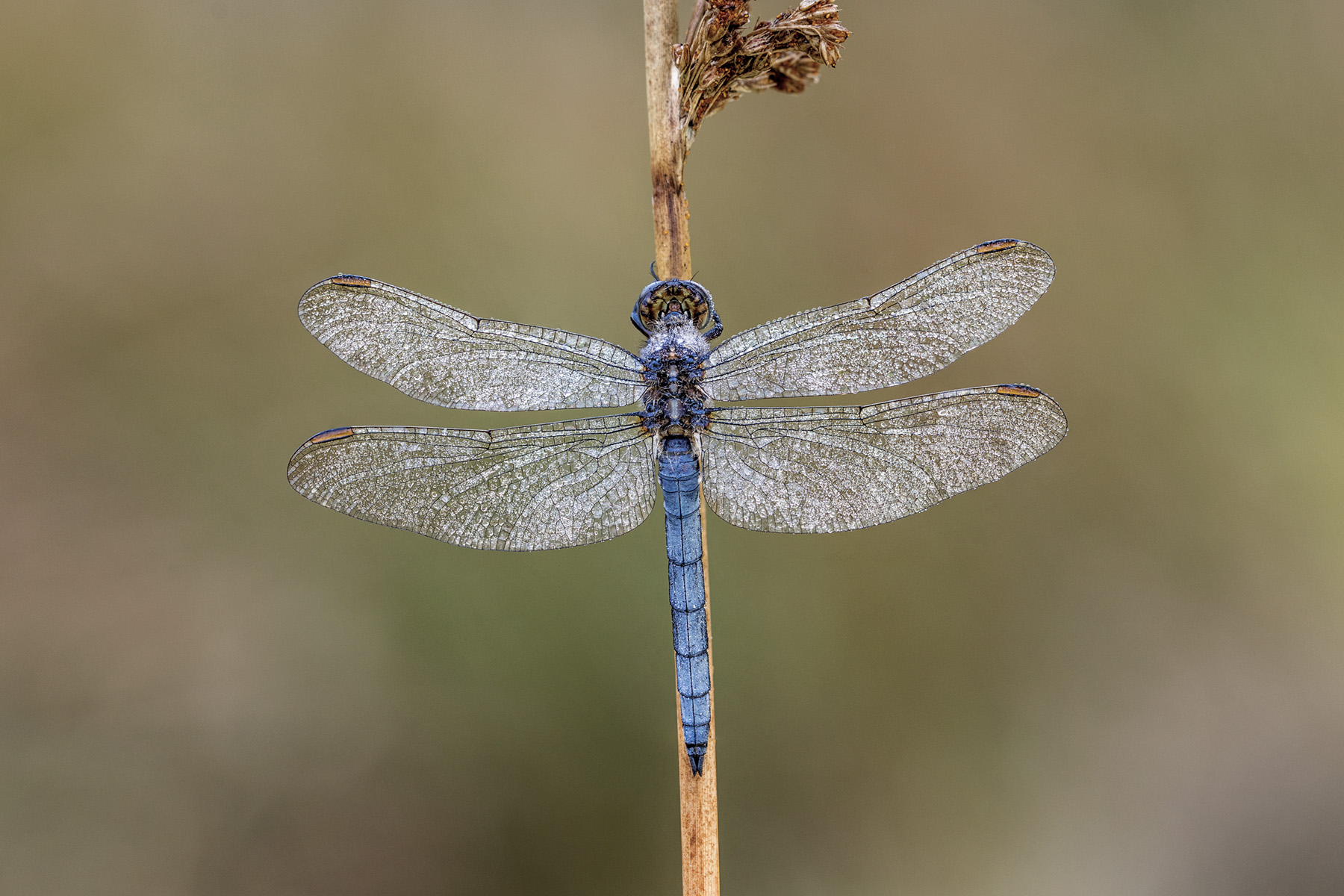 |
.jpg) |
||
| David took a family, who were visiting Cornwall for the first time, on a couple of guided days out. One of the aims was to take some photos of the landscapes near Cape Cornwall and Levant in the evening light. Two photos from the evening are shown below. | |||
.jpg) |
.jpg) |
||
| David had a trip out with Cornwall Wildlife Trust Photo Group at Windmill Farm. Here are two of the better shots he took. The first is an immature male red-veined darter and the second is a small heath butterfly. | |||
.jpg) |
.jpg) |
||
| Here are a couple of further shots of dew. We have a tiny insect, possibly an early instar grasshopper, inside the petal of an evening primrose flower (you'll have to look very carefully!) and a fly on the flower of a bird'sfoot trefoil. | |||
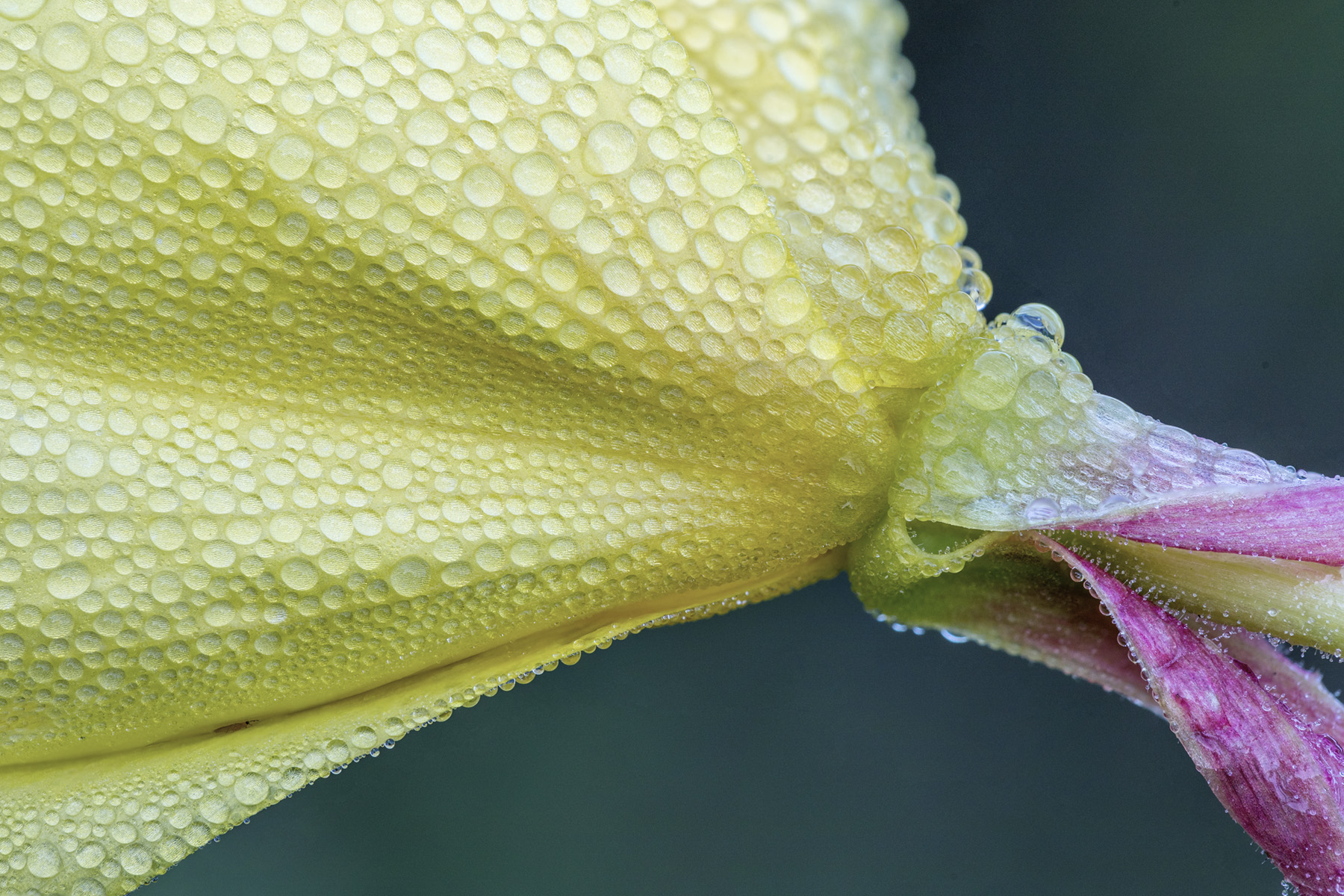 |
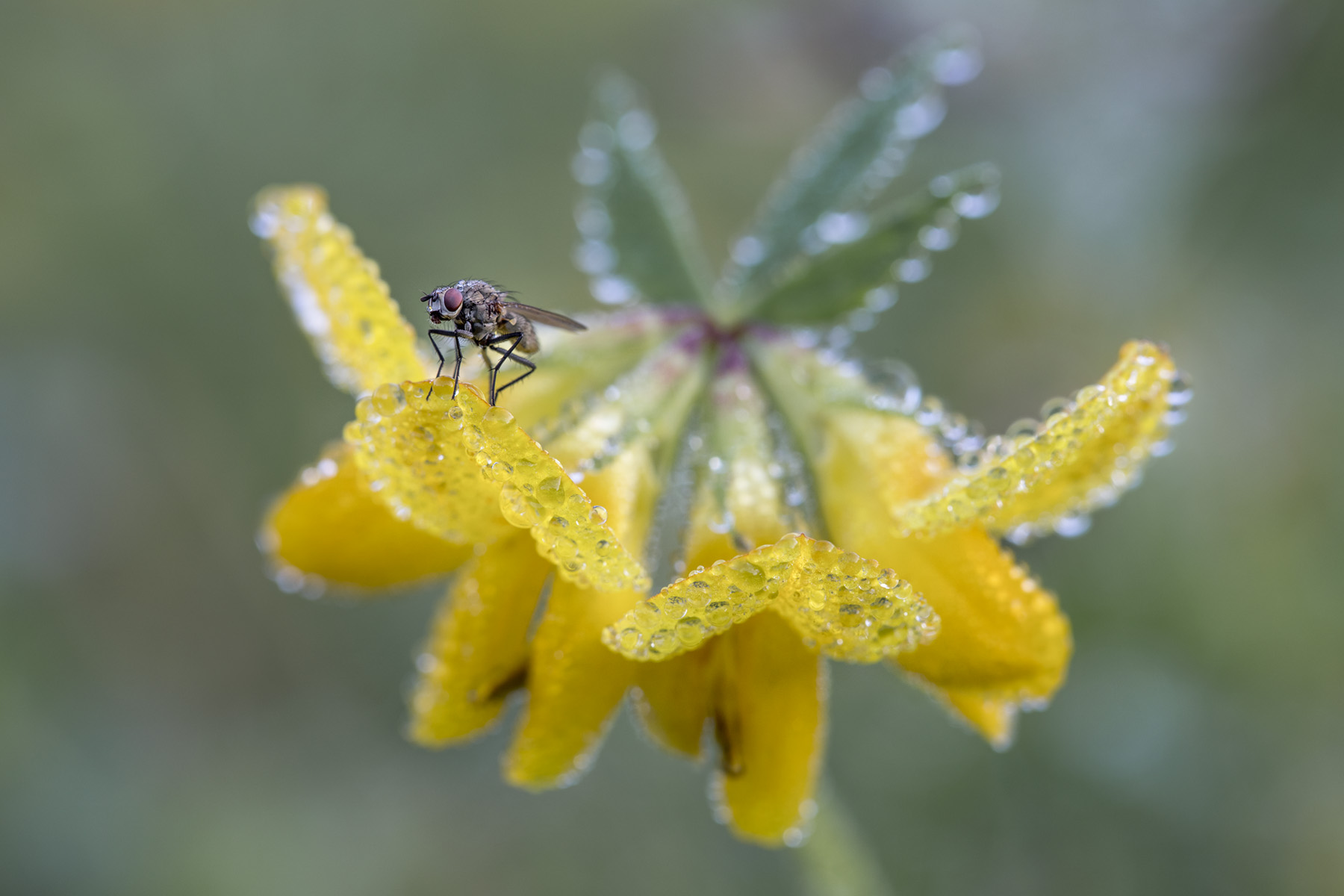 |
||
| It has been a good early autumn for fungi on David's smallholding, must be something to do with the rain! In particular there have been a lot of common earthballs. After growing to the size of something between a golf ball and a tennis ball, they split to release their spores into the air. The aim is to spread the fungus to new areas. It is clearly a very successful strategy! |
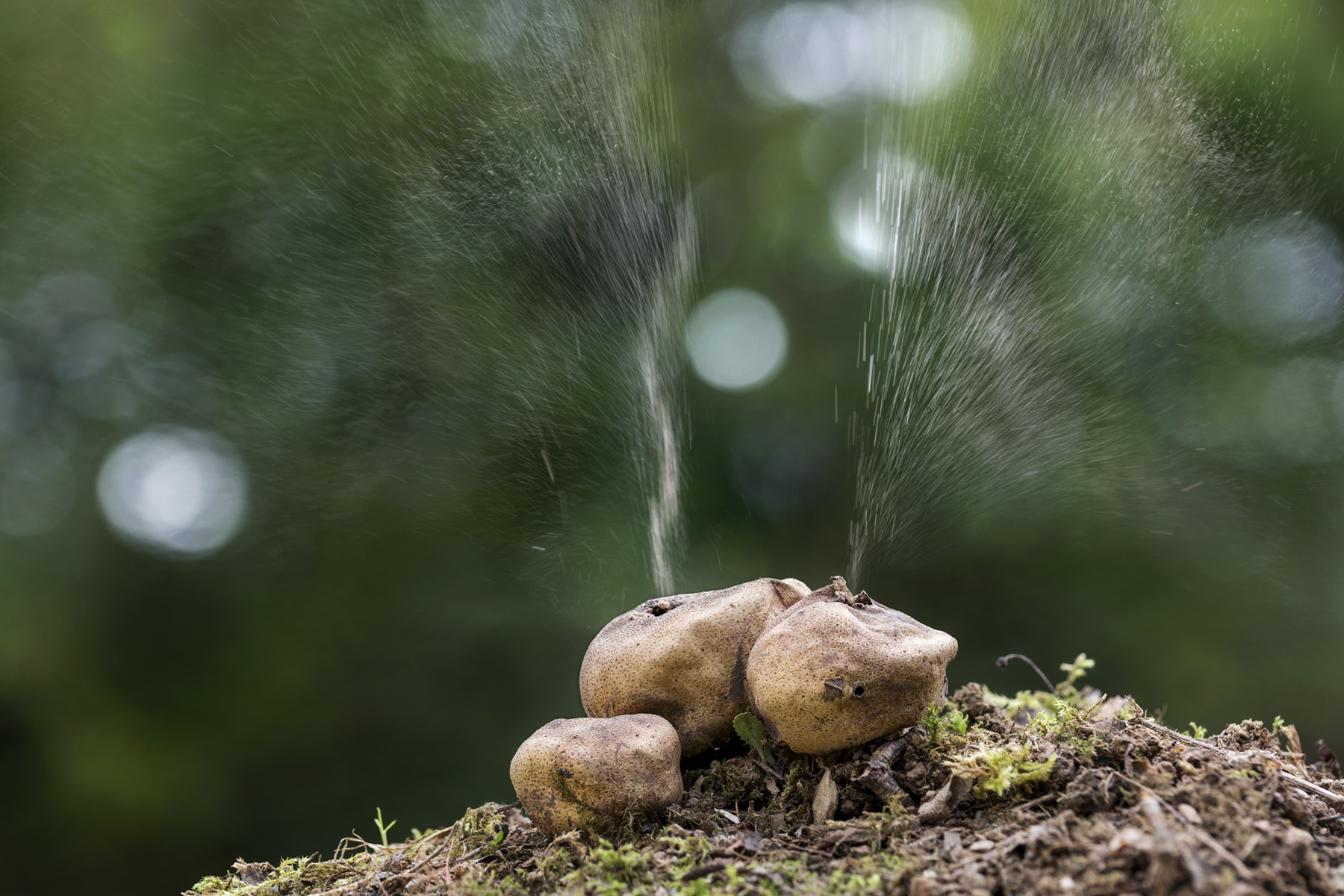 |
||
| Over the last few days David has been making the most of the calm weather to take some macro subjects. These include a few photos taken early in the morning when there has been a dew. Below the subjects are: crab spider with prey on red valerian; hornet hoverfly on shasta daisy; dock bug grooming (on dock!); comfrey leaf, backlit; common thistle seeds (two photos, both in dew); red valerian seedhead in dew; red campion in dew. | |||
.jpg) |
.jpg) |
||
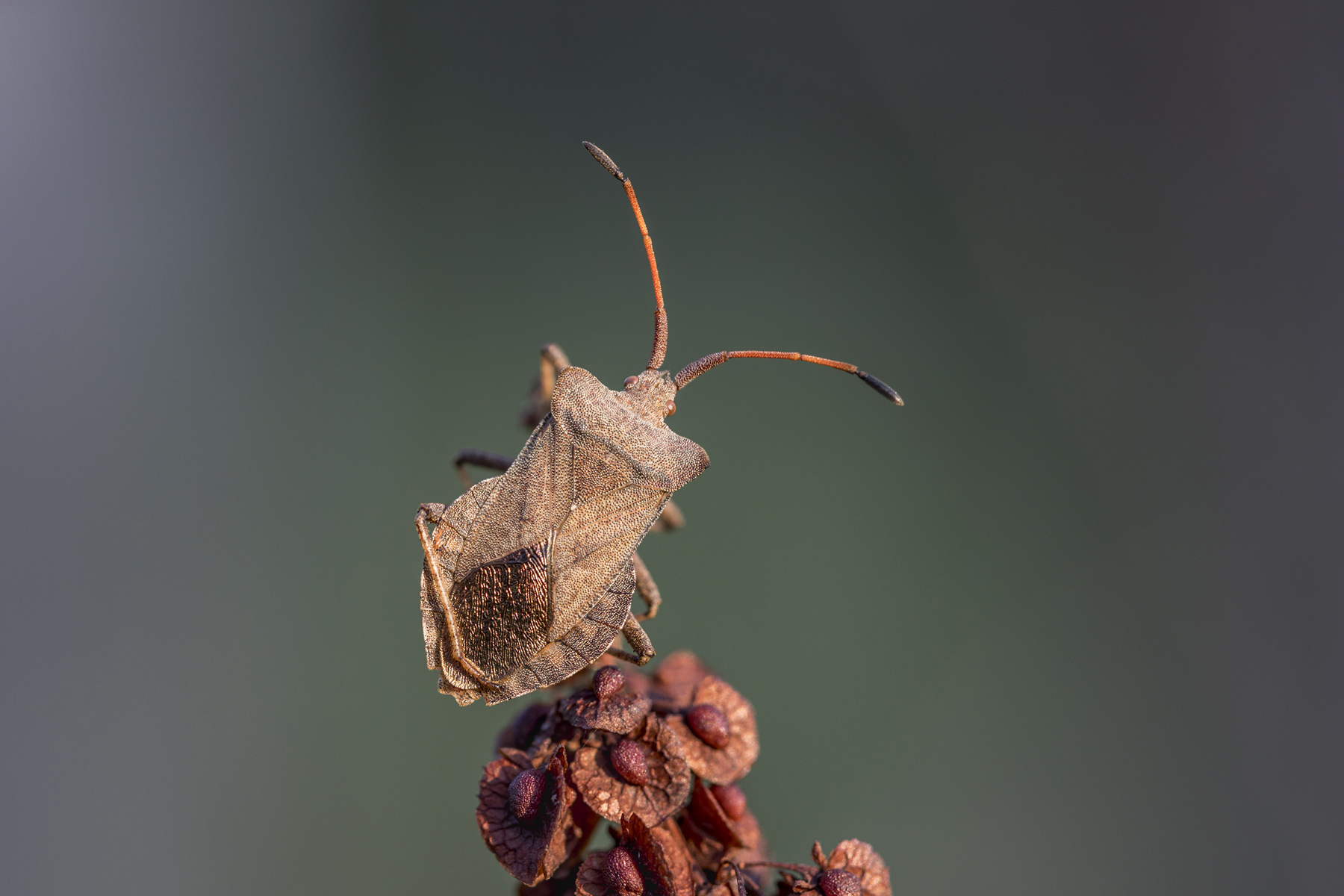 |
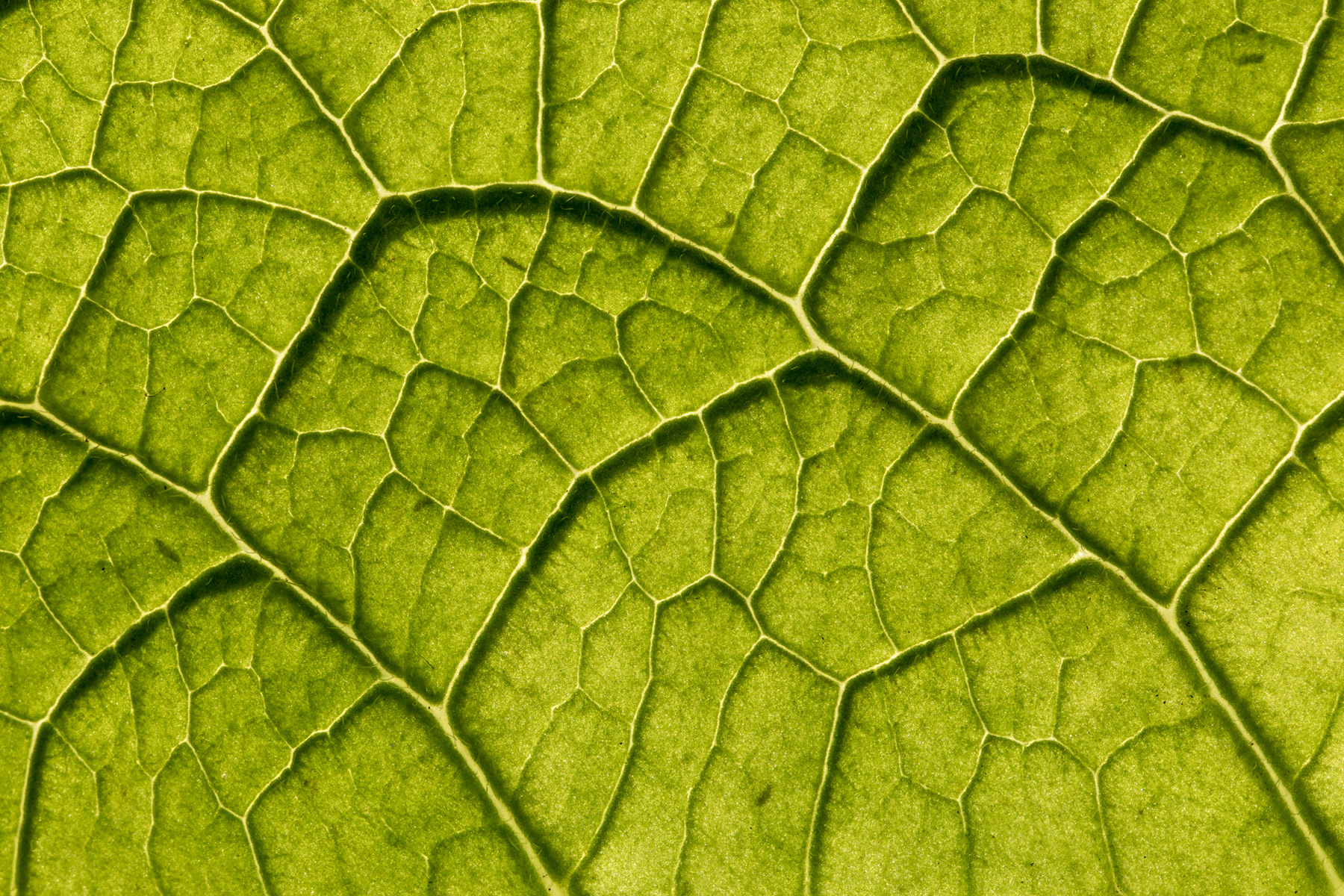 |
||
.jpg) |
.jpg) |
||
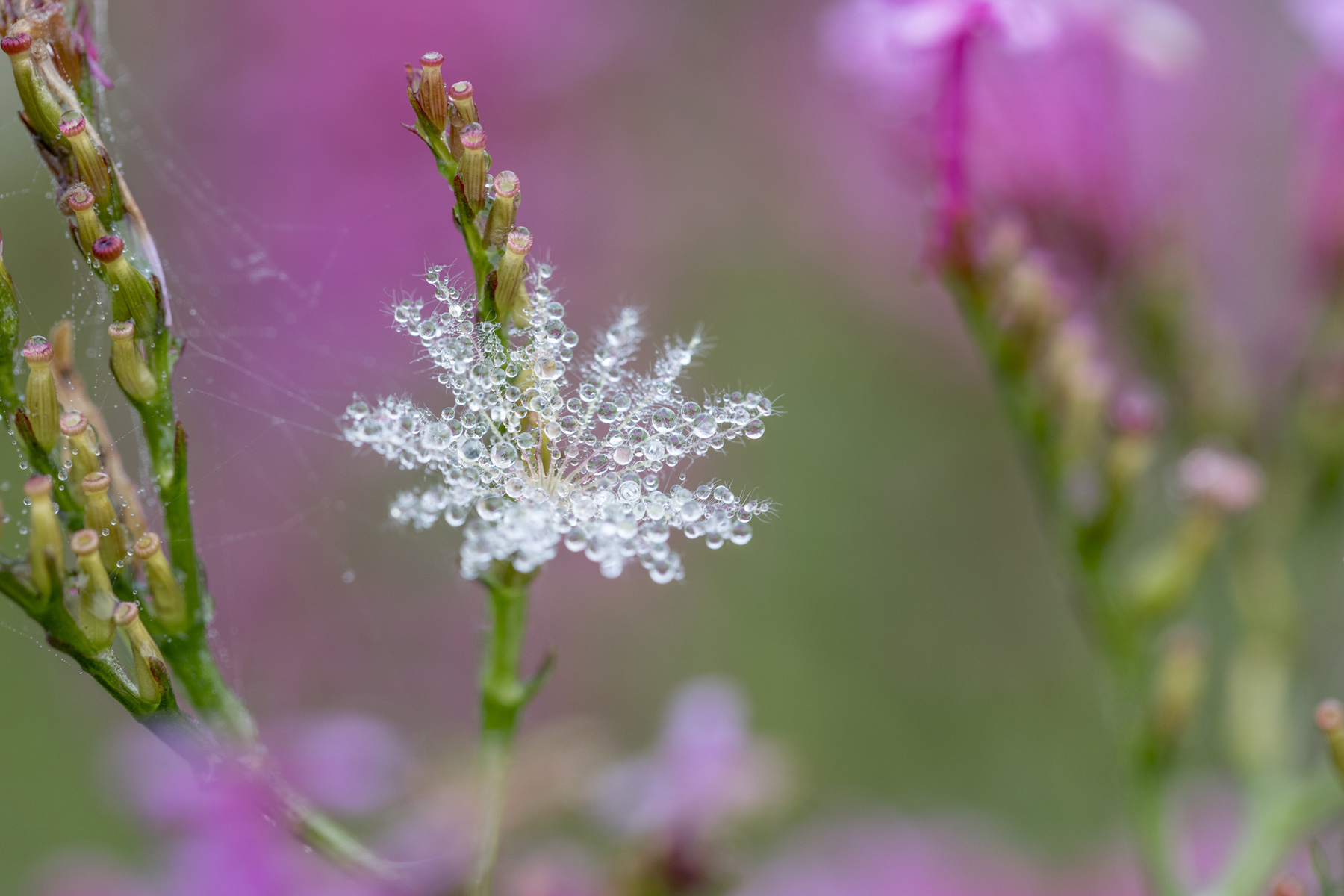 |
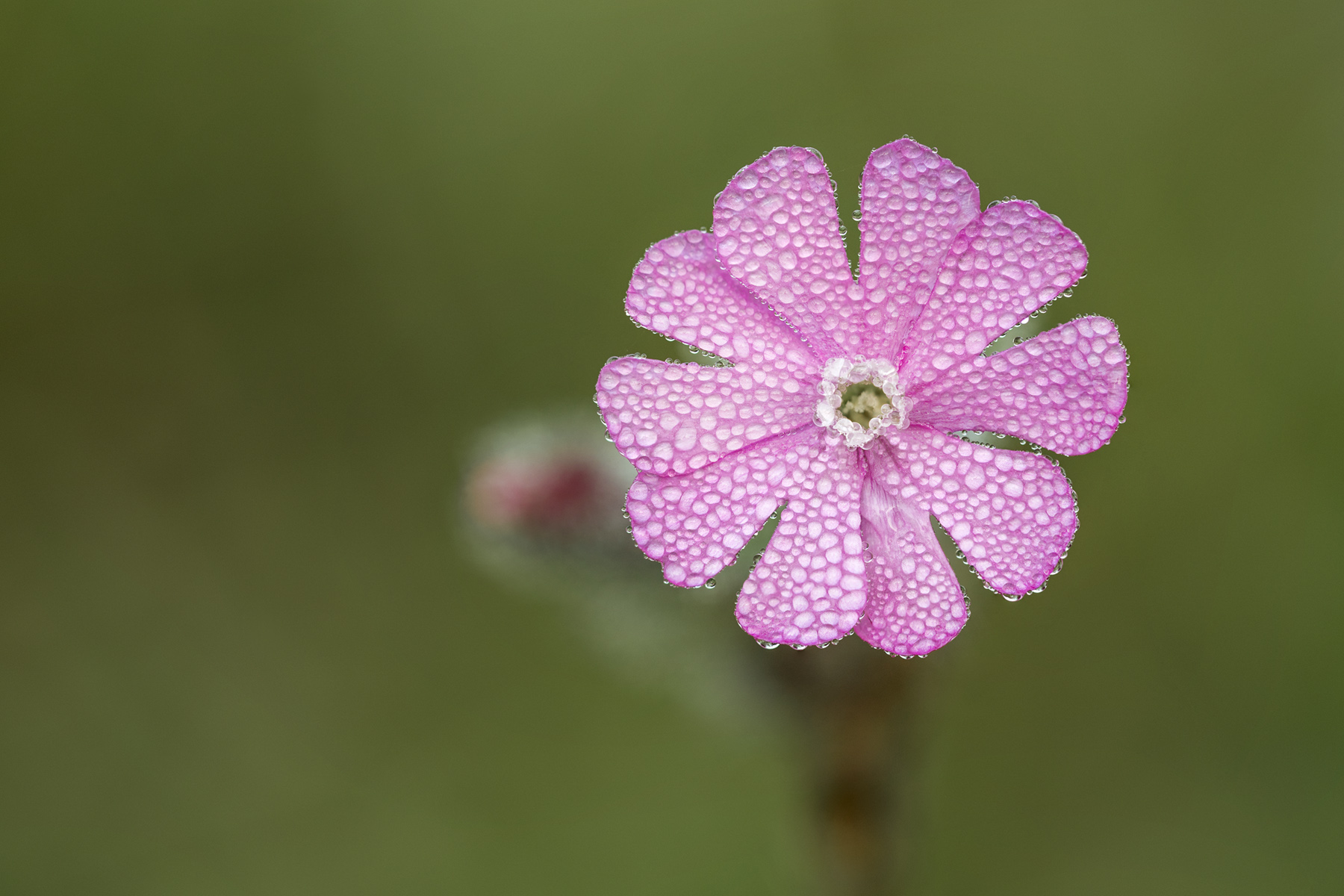 |
||
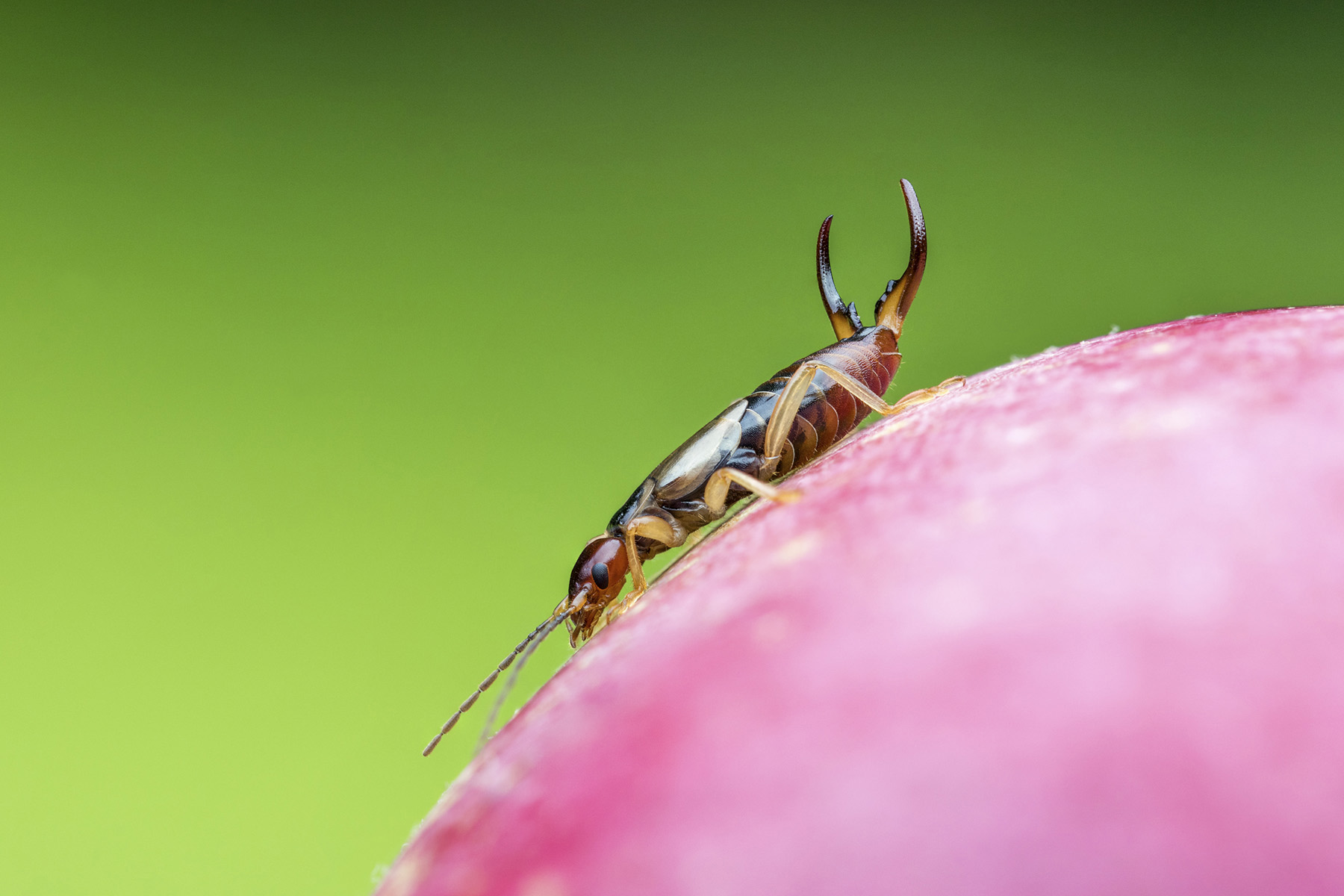 |
It's difficult to know how to top a beaver on a postage stamp. How about an earwig on an apple? Beavers are so easy, try photographing an earwig! | ||
| A few months ago David posted news that one of his beaver photos is going to be used on a stamp, well the moment has arrived! Here is a photograph of said stamp, available now from a post office near you! |
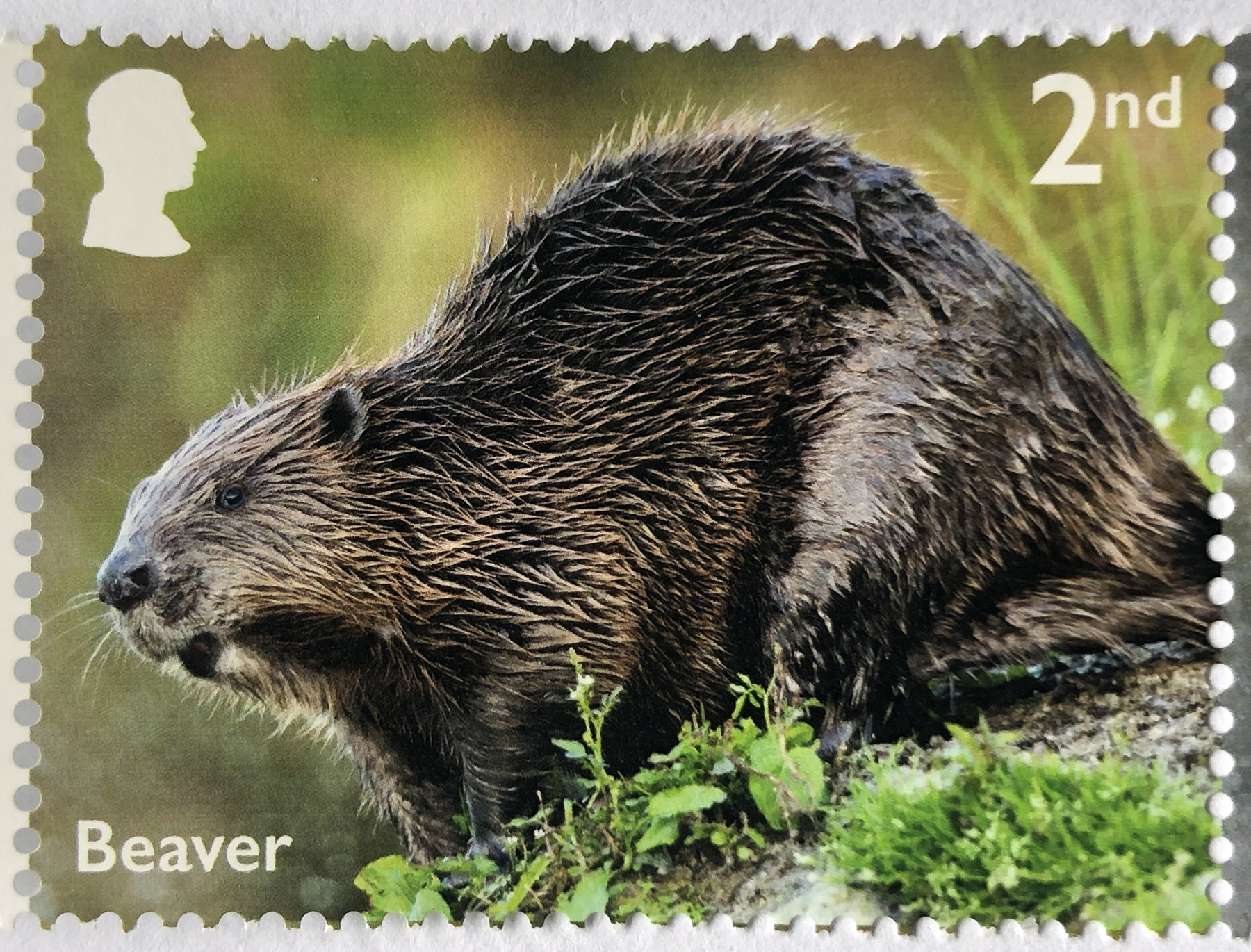 |
||
| From Wales David and Sarah travelled to Blackpool to see David's mum. Here are a few photos from the local area: Blackpool Tower, lit up at night; two photos of a dune helleborine on the dunes near St Annes; land yachting (a panned photo); a pyramidal orchid , also on the dunes. | |||
.jpg) |
.jpg) |
||
.jpg) |
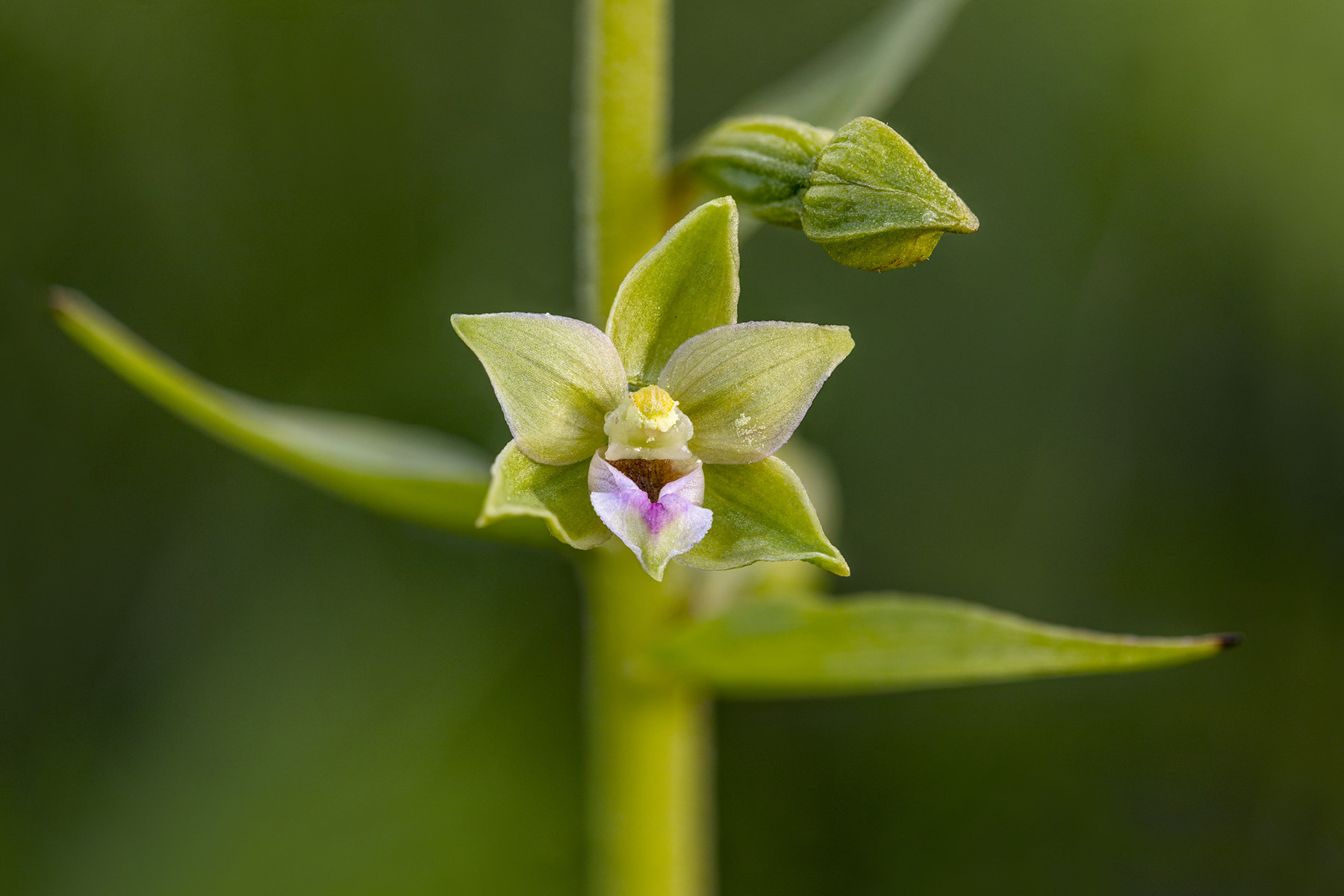 |
||
.jpg) |
.jpg) |
||
| After Cannock Chase David and Sarah moved to the coast of Wales between Aberystwyth and Porthmadog. The photos below show: Porthmadog harbour; the beach at Morfa Bychan; thrift on the coast at Aberystwyth; the Blaenau Ffestiniog railway; a red kite at Nantyrarian, near Aberystwyth; a charming sign with lichen growing on it; male and female pied flycatchers; an early marsh orchid, photographed with a 300mm lens from a very low viewpoint; a three-coloured dune pansy at Morfa Harlech. Now there's an ecclectic mix of images! | |||
.jpg) |
.jpg) |
||
.jpg) |
.jpg) |
||
.jpg) |
.jpg) |
||
.jpg) |
.jpg) |
||
.jpg) |
.jpg) |
||
| David and Sarah have just had a few weeks away. Their time can be spilt roughly into three areas, the first of which was Cannock Chase. This proved to be a great place for wildlife and walking. Here are six photos showing: two scenic shots of the heathland; a male banded demoiselle; a common flower of the heathland known as cowberry (which was in flower); tree pipit, a numerous breeding bird where trees and heathland combine; a hoof fungus, found on mature birch trees. | |||
.jpg) |
.jpg) |
||
.jpg) |
.jpg) |
||
.jpg) |
.jpg) |
||
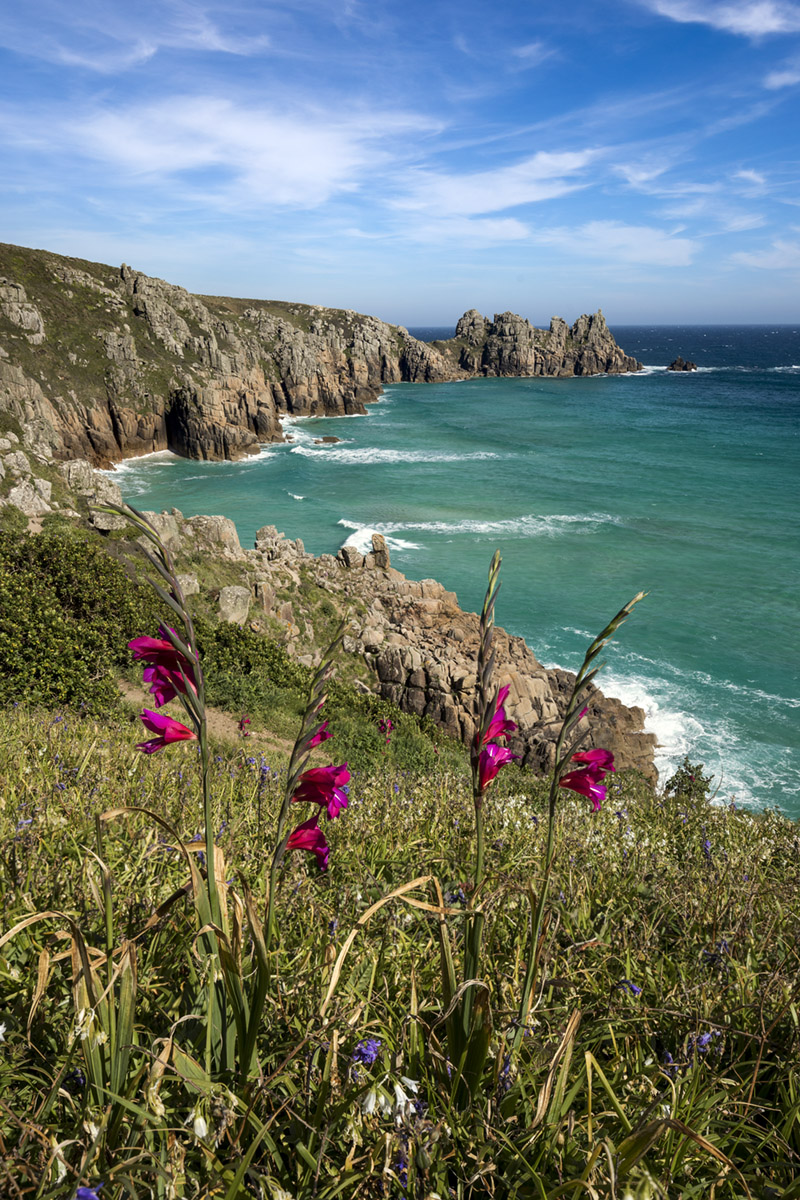 |
.jpg) |
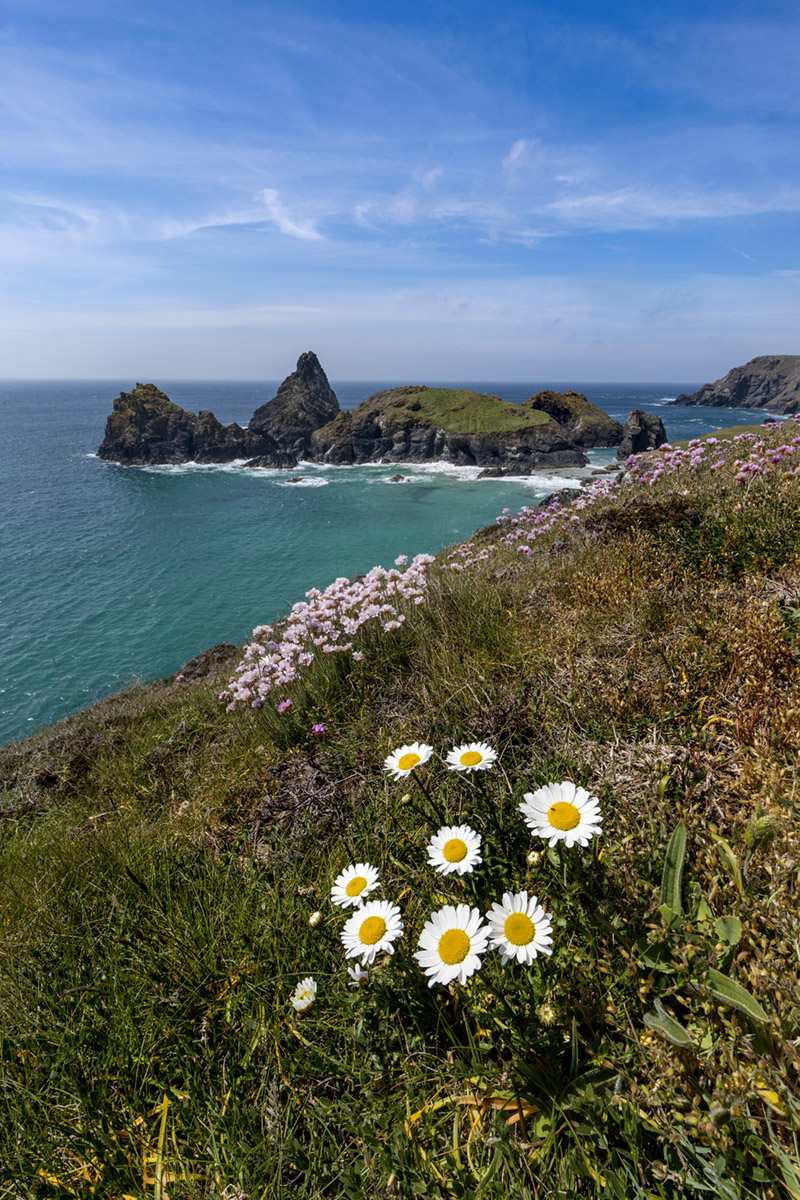 |
.jpg) |
